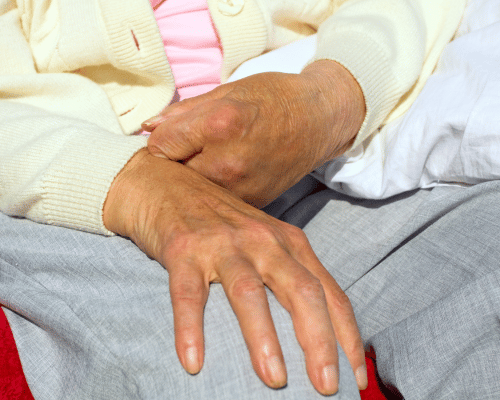A stroke is a medical emergency that requires immediate attention. According to the CDC, a stroke occurs when there is a disruption in blood flow to the brain, leading to brain damage and sometimes death. The longer it takes to receive treatment, the more severe the damage can be. Therefore, recognizing the signs of a stroke and seeking medical intervention immediately can be critical in preventing further damage.
The Three Main Types of Strokes
-
Ischemic stroke occurs when there is a blockage in the blood vessels supplying blood to the brain. Fatty deposits lining the vessel walls, called atherosclerosis, are the main cause for ischemic stroke. Fatty deposits can cause two types of obstruction - cerebral thrombosis and Cerebral embolism.
-
Hemorrhagic stroke occurs when there is bleeding in the brain due to a ruptured blood vessel. The blood accumulates and compresses the surrounding brain tissue. Hemorrhagic strokes make up about 13 % of stroke cases.
-
Transient ischemic attack (TIA). TIA is a temporary disruption of blood flow to the brain, also known as a “mini-stroke.” While a TIA doesn’t cause permanent damage, it can be signaling a possible full-blown stroke ahead. When you first notice symptoms, get help immediately, even if symptoms go away.
Here Are the Signs of a Stroke to Look Out For:
-
Sudden numbness or weakness in the face, arm, or leg, especially on one side of the body.
-
Sudden confusion, trouble speaking or understanding speech.
-
Sudden trouble seeing in one or both eyes.
-
tSudden trouble walking, dizziness, loss of balance or coordination.
-
Sudden severe headache with no known cause.

The following are some interventions for stroke:
- Act “FAST”: the most important part of stroke treatment is getting it fast. The acronym “FAST” is any easy way to rememberthe main symptoms - face drooping, arm weakness or speech difficulty. If any of these symptoms are present, the “t” stands for time to call 911.
- Clot-busting medication: If the stroke is ischemic and caught within the first few hours, a clot-busting medication called tissue plasminogen activator (tPA) may be given. tPA works by dissolving the blood clot causing the stroke, restoring blood flow to the brain.
- Mechanical thrombectomy: In some cases, a procedure called mechanical thrombectomy may be performed to remove the clot from the blocked blood vessel. This procedure involves the insertion of a catheter into an artery in the groin, which is then threaded up to the blocked artery in the brain, where the clot is removed using a device.
- Surgery: If the stroke is hemorrhagic, surgery may be necessary to remove the bleeding and repair the damaged blood vessels.
- Rehabilitation: Once the initial stroke has been treated, rehabilitation may be necessary to help regain lost abilities and prevent future strokes. This may include physical therapy, occupational therapy, and speech therapy. Canes, braces, grab bars, special eating utensils, wheelchairs, and other devices can make it easier to keep doing your regular activities after a stroke.
In conclusion, recognizing the signs of a stroke and seeking medical intervention immediately can be crucial in preventing further damage. If you or someone you know experiences any of the symptoms listed above, call emergency services right away. Remember, time is of the essence when it comes to treating a stroke, so act quickly to ensure the best possible outcome.
Contact BrightStar Care of Saint Lucie Today!
BrightStar Care of Saint Lucie provides a team of professionals ready to care for you and your loved ones. We understand the challenges faced by caregivers and are committed to providing compassionate care that meets the needs of those we serve. If you would like more information about our services, please visit our website or call us today.Contact us online or by phone at 772-400-9229 and by visiting us at our location 3850 20th Street Suite 7 Vero Beach, FL 32960. BrightStar Care is here to help you and your family in any way we can.
